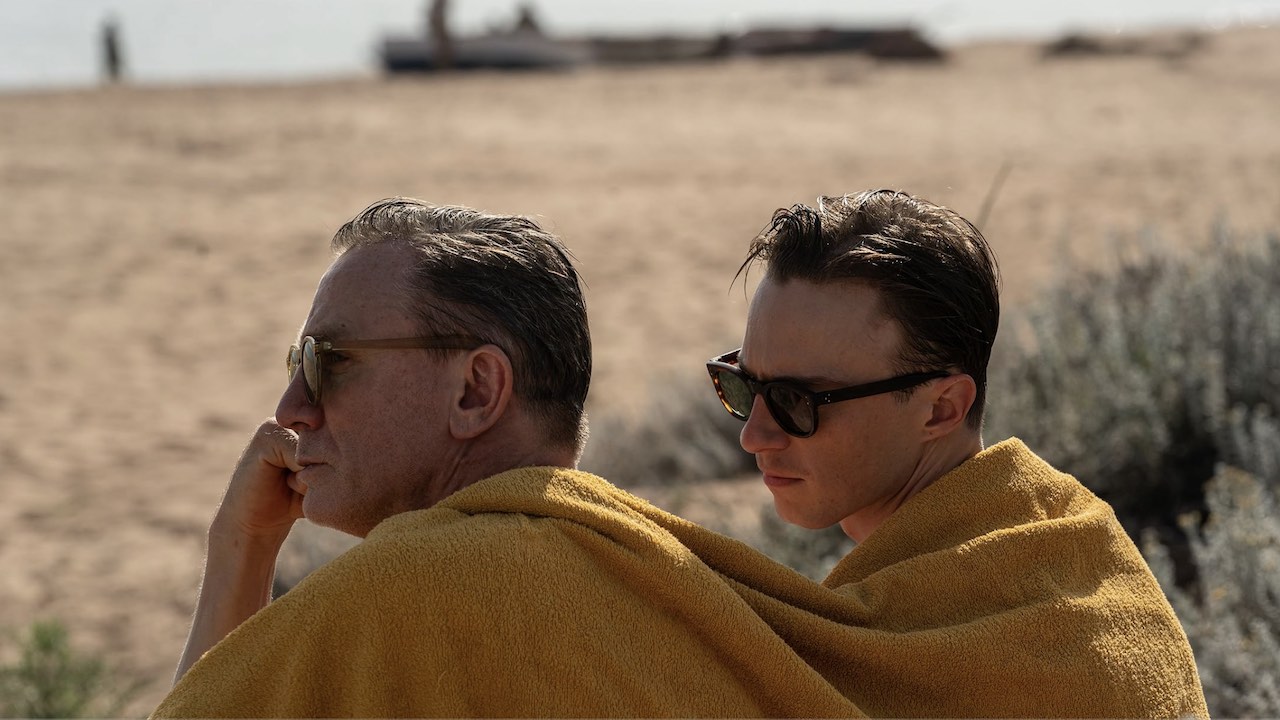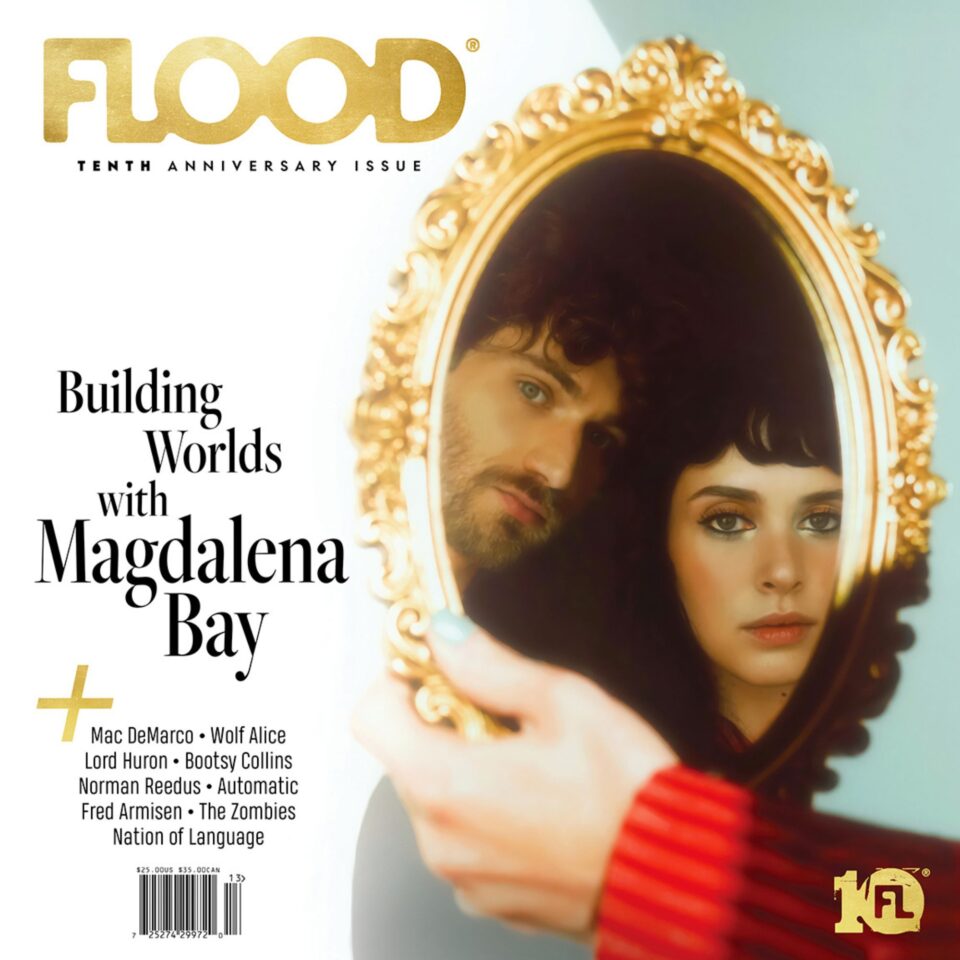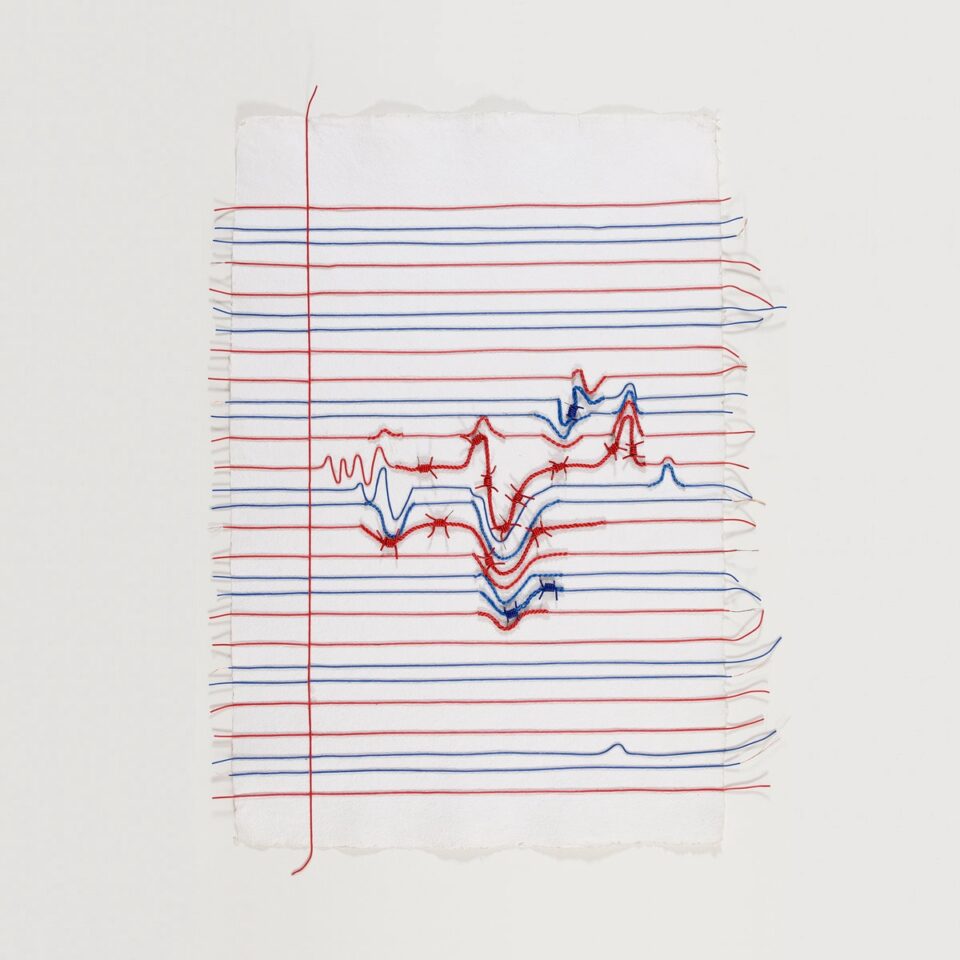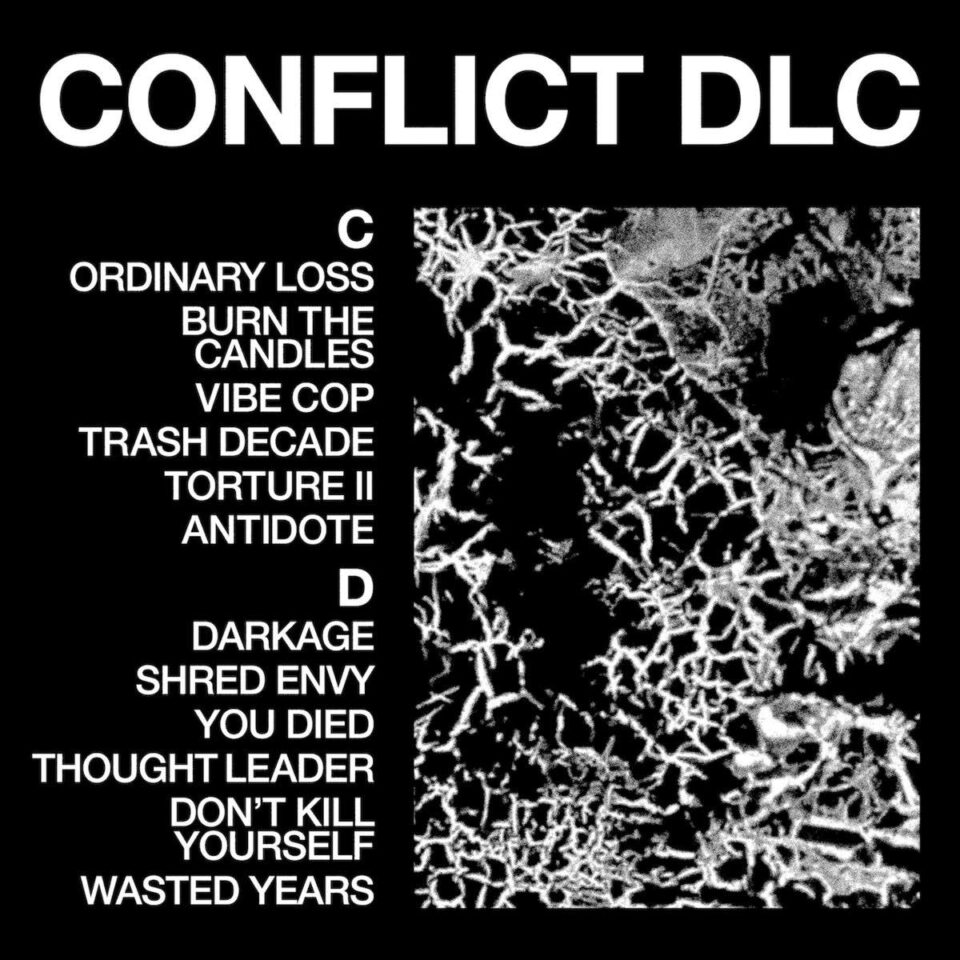Five days after the industry behemoths Wicked and Gladiator II premiered, the art-house adaptation of William S. Burroughs’s 1985 novella Queer was also released. On the heels of these splashy mainstream studio films with massive marketing budgets to match, director Luca Guadagnino presents a contemplative film loosely rooted in the semi-autobiographical content of a middle-aged drifter in search of transcendental love in 1950s Mexico City. While the latter half deviates from the book quite radically, the cadence and intensity of the source text remain relatively intact. Audiences rightly hold space for Glinda and Elphaba, but let us not forget to catch some comparatively unassuming films taking big swings and making bold choices.
The narrative follows William Lee, an American expat living in Mexico to escape persecution for what appears to be an intensifying opiate addiction. He’s plagued with the melodramatic demeanor and the typewriter collection of an author, but is rarely—if ever—shown writing. The role is masterfully handled by 007 golden boy Daniel Craig, committed to a perfectly neutral, generalized American accent. It’s not clear what our main character does for a living, but he spends his days drinking, smoking, courting potential lovers, and talking shit with his good friend and queer buddy, Joe Guidry. I’m happy to report that Jason Schwartzman crushes as the comedic relief and foil to the intensely serious and sensitive Lee.
Lee falls for the clean-cut former navyman Eugene Allerton, who’s beginning to explore his queer identity. He may or may not be gay, bisexual, or have a girlfriend with whom he putters around and plays chess. He’s an emotionally detached Adonis who Joe justly calls “cold and slippery.” Drew Starkey’s Eugene is the traditionally handsome, aloof monument to masculinity that Lee catches (sort of) and simply cannot release despite Eugene’s waning interest. Starkey is known for his villainous role as Rafe Cameron in the Netflix series Outer Banks and Garrett in Love, Simon. However, I recognized him as the feral hottie Trevor in David Bruckner’s 2022 iteration of Clive Barker’s cult horror classic Hellraiser. Swoon. The booze-fueled entanglement culminates in a climactic journey to South America, wherein the men search for the mind-expanding plant yagé, also known as ayahuasca.
Queer marks Guadagnino’s second film of the year, following Challengers, which premiered in late April. Thai cinematographer Sayombhu Mukdeeprom, who Guadagnino collaborated with on that prior film in addition to Call Me By Your Name and Suspiria, is on board again for Queer. Renowned for his ethereal, dreamlike visual aesthetics, Mukdeeprom infuses this film with his signature surrealist touches. Peppered throughout Queer is a technique known as double exposure in photography and superimposition in film, which attempts to convey the difference between intention and action, or between wanting and doing. I appreciated the exploratory spirit and symbolic heft of this move, which mirrored the hallucinatory, disorienting effects of Lee’s drug-fueled lifestyle.
The atmosphere of Queer is haunted—its hyper-imagistic moments may alienate some viewers, but the sex scenes are handled with a particular passion and tenderness that lingers well after the film’s conclusion.
Guadagnino and Mukdeeprom have a history of producing collaboratively innovative work: Call Me By Your Name used a single 35mm lens to create a cinematic experience that replicated the perspective of a human eye. The atmosphere of Queer is haunted in comparison. Its hyper-imagistic moments may alienate some viewers, but the sex scenes are handled with a particular passion and tenderness that lingers well after the film’s conclusion. Evocative and unhurried, the intimacy is conveyed with artful intention—less exploitative than many mainstream depictions of sex in film. Careful attention is paid to the smallest movements, expertly examining the emotional dynamics between characters. The meticulous observation extends to the setting during these scenes, as well, infusing mundane objects such as windows, desks, glasses, and books with sacred beauty. Did I mention the full-frontal male nudity? Count me in.
I’ve got a bone to pick with the final quarter of the film, though, from about the ayahuasca ceremony in South America onward. At two hours and 15 minutes, the film succumbs to a rambling, heavy-handed surrealist montage during its concluding scenes, including a shot of an Ouroboros, the ancient symbol of a snake eating its own tail. One of the film’s final scenes not only rewrites the history of a profoundly disturbing act that Burroughs committed against his second wife, Joan Vollmer, but also replicates a scene almost exactly from Cronenberg’s 1991 film Naked Lunch, a film adaptation of Burroughs’s chaotic and nightmarish novel of the same name. Filmmakers and artists are obviously interested in the lore of the act that ended Vollmer’s life and that Burroughs hardly atoned for, although they seem to misinterpret its significance.
The soundtrack features several original compositions, including “Te Maldigo” by Nine Inch Nails’ Trent Reznor and Atticus Ross with Omar Apollo. Already generating Oscar buzz, the track is being hailed for its emotional depth and gorgeous atmospheric soulful tones (it even features a music video directed by Guadagnino). Reznor and Ross also worked with Guadagnino on the heart-wrenching outsider love story with teeth, Bones and All, and Challengers. Electronic and orchestral elements are blended beautifully to create evocative soundscapes throughout this film. Other soundtrack highlights include Prince, Orville Peck, Perfume Genius, Nirvana, and Sinead O'Connor covering “All Apologies,” culminating in the lyrics, “Everyone is gay… all in all is all we are.”







